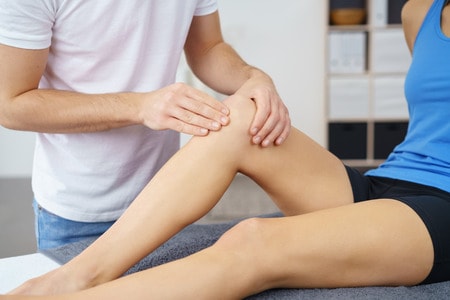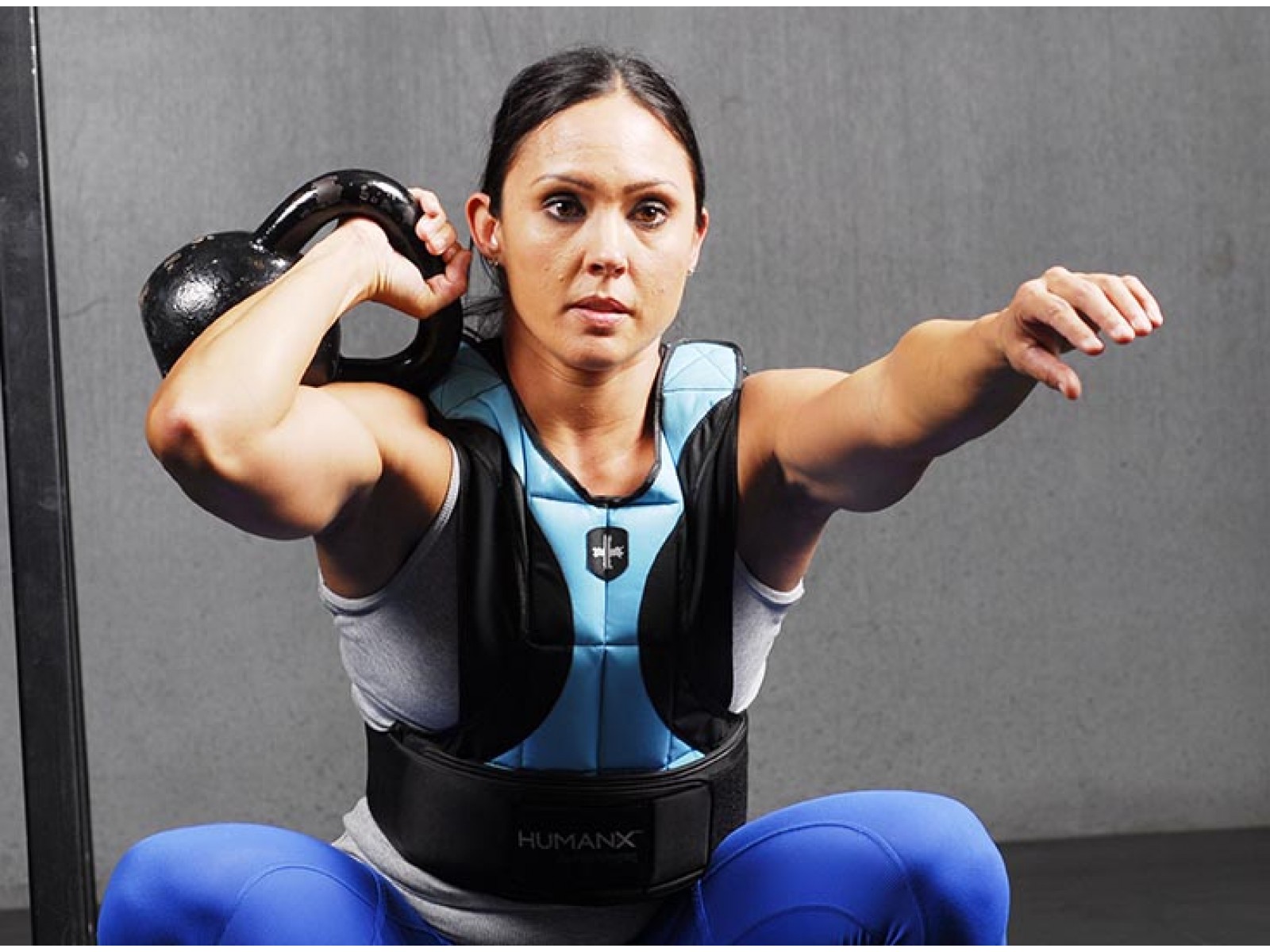
Musculoskeletal issues consist primarily of fractured bones, ligament tears, chronic pain, and almost any form of joint and back problems. About the world, they affect a substantial number of people. However, medical facilities are always such a blessing to have in trying times like these because they have specialists who take the operation and physiotherapy so seriously that they will make you return to your optimum health. Adequate knowledge about the mutuality of practices of these disciplines is an ultimate motivator for patients to be actively involved in their rehab procedures, resulting in highly successful outcomes and healing.
The Power of Orthopaedic Surgery: Repair and Reconstruction
The combined forces of orthopedic surgeons are targeted to detect, tutor, and avoid musculoskeletal problems. Orthopedic surgeons possess extensive training and expertise to perform various procedures, addressing a wide range of conditions:
- Fracture Repair: Fracture case treatment is of the most orthopedic surgeon’s interest; it can be the internal fixation of a united bone or the external fixation of a separated one and could be done with casting or braces.
- Ligament Reconstruction: Torn ligaments, the main cause of joint instability, can often have quite a big impact. Surgeons in orthopedics generally offer reconstructive operations that help to repair or replace damaged ligaments. Afterward, they often save joint function.
- Joint Replacements: Those extreme cases of joint degeneration because of arthritis or other diseases could be the rug or rather the tie that binds the joint replacement surgery. Living free of pains and having that renewed mobility are indeed some of its benefits. Orthopaedic surgeons use artificial implants that are as sturdy. This is because they able are removed to replace them as they wear out to the level of their hips, knees, and shoulders.
- Sports Injuries: Athletes are exposed to different sports injuries. The orthopedic surgeons are qualified to execute arthroscopic procedures and open surgeries to mend torn ligaments, meniscus tears, and other sports-related injuries.
Preoperative lead with a series of consultations with the orthopedic surgeon. At these appointments, the Doctor shall embrace the specific malady, perform a meticulous physical examination, and where necessary may choose to undertake imaging tests (X-rays, MRI) to ascertain the diagnosis. Inform fundamental consent, a process that will include the surgeon going through the details of the procedure, any risk involved, and possible outcomes, answering all your questions. Surgery may happen with general or regional anesthesia. Sedation is also present to provide you relief and peace of mind during the procedure.
Physiotherapy: The Pillar of Rehabilitation
The recovery of the patient after the surgery is closely related to their post-surgery rehabilitation regime. The scheme rehabilitation plan should incorporate physiotherapy to ensure the best outcome. The physiotherapist is undoubtedly the health professional who communicates to evaluates and treats the musculoskeletal system. Their primary goals after orthopedic surgery include:
- Pain Management: Postoperative pain and inflammation are not the only widely recognized surgical complications of operations. The employment of methods such as manual therapy, electrical stimulation, and therapeutic modalities by physical therapists is the evidence utilized to maintain the conditions.
- Regaining Mobility and Strength: These tailored therapeutic exercise plans, designed by physiotherapists, help you restore muscle power, enable smooth joint movement, and have the potential to improve your flexibility.
- Restoring Balance and Coordination: For most daily activities, must keep balance and coordination. Creating the physiotherapist’s exercises is the most vivid thing that enables the proprioception sense and consequently the ability to move easily without any injuries.
Physiotherapy covers a broad spectrum of therapy that is oriented specifically for a certain cause and the type of surgery. Manual therapy involves techniques like massage, joint mobilizations, and stretching. These all aim to improve the range of motion and decrease muscle tightness. There exist a variety of therapeutic exercises that may include non-weight-bearing such as walking or stair climbing to even more strenuous movements such as balance training and strengthening exercises that are with resistance bands or weights. Physiotherapists may as well implement modalities such as ultrasonics or electrical stimulation as a means of healing and pain management. Several aspects such as posture training, which is of vital importance, especially after lower limb surgery, are part of such practice to help you get your stability and confidence back in walking.
A Collaborative Approach: Stronger Together
An effective post-surgical recovery has two main contributors: a surgeon and a physiotherapist. They work together to achieve the best results. The collaboration is maintained between the surgeon and the therapist. They report on your progress, and they make changes to the rehabilitation plan if required. This collaborative approach offers several advantages:
- Improved Pain Management: Through an integrated approach, these healthcare providers join forces to enable the patient to use a variety of approaches that best address his or her needs.
- Faster Recovery Times: A rehabilitation therapy that integrates all the elements of your specific requirements will improve the healing rate and hasten full recovery from your disease to get back to your preferred level of activity.
- Long-Term Functional Goals: Collaboration involves the teamwork of the surgeon and therapist aiming to achieve your long-term functional goals by getting you back to your activities freely and without concerns to prevent any further complications.
Your Post-Surgical Journey: Embracing Physiotherapy
The kind of physiotherapy you go through could change depending on the skills you need after the operation, as well as your personal performance. For instance, knee replacement surgery could entail a physiotherapy of about two months. While rotator cuff repair would demand a shorter rollout time. A classic physiotherapy session usually runs for 45-60 minutes. It often entails some manual therapy interventions, guided exercises, and patient-oriented education on correcting movement patterns. A high level of engagement and investment in the physiotherapy program is the most effective guarantee of the significant positive consequences it can provide. The communication between you, your surgeon and your physiotherapist is one of the things you shouldn’t miss. In case you have never come with unanticipated pain or swelling, or if you have difficulty exercising, you will need to explore these issues in time by communicating with your instructor to ensure proper supervision.
Beyond the Initial Phases: Long-Term Rehabilitation and Self-Management
Forward movement is not enough, therefore, continue the process!! Overall, physiotherapy for the long-term, can be achieved through physiotherapy programs Visit Fit4Life for physiotherapy, which can help keep joints healthy and prevent future injuries. The classes have a slant on the strengthening of muscles, balance workouts, and proprioceptive senses for joint stability.
Self-management is key too. Your physiotherapist will teach you proper posture, lifting techniques, and body mechanics to protect your joints during daily activities. Regular exercise, tailored to your needs, further enhances your well-being.
Conclusion: The Path to a Stronger You
The idea that you can comprehend the surgeon and physiotherapist collaboration in turn is what enables you to accomplish recovery. Through active bottom-line commitments to your regimen, you achieve the best possible result. Recovering is not a specific location, rather it is a trip. Utilize assistive therapies, adopt proactive approaches to pain, and be actively involved in your curing process. Though it may be hard sometimes, with both determination and advice, you can achieve great success on your road to a strong and healthy body and mind. Considering orthopaedic treatment? view this clinic for the best orthopedic treatment consultation and more.

















Follow Us